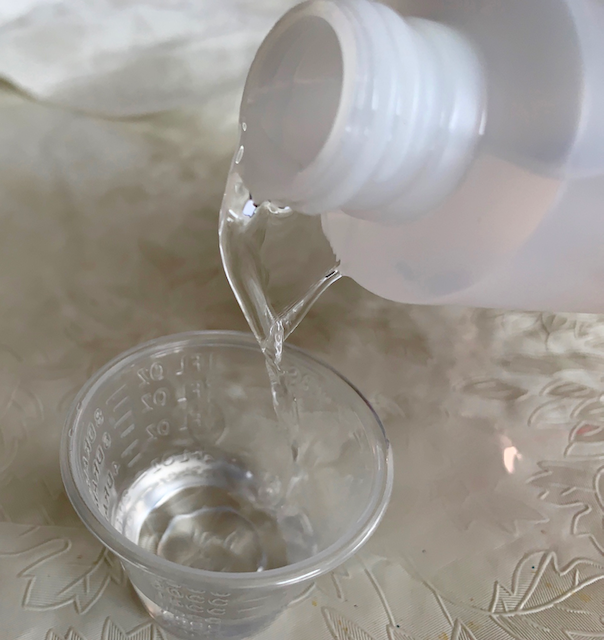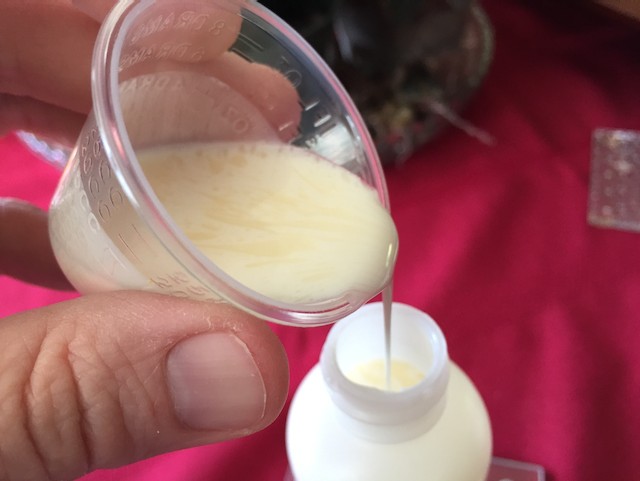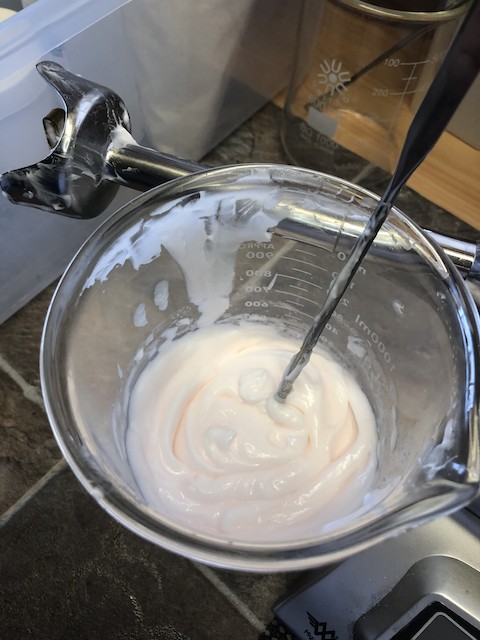Combining emollients: Section four, viscosity (part three) – Quick review, then let’s practice what we’ve learned!
Welcome to section four, part three of this series on combining emollients! Today, we’ll practice what we’ve learned so far. Part one of this section, introduction to viscosity! Part two: Looking at specific emollients, then considering the impact of fatty acid carbon chain length and saturation on viscosity. Click this link to find the home...





